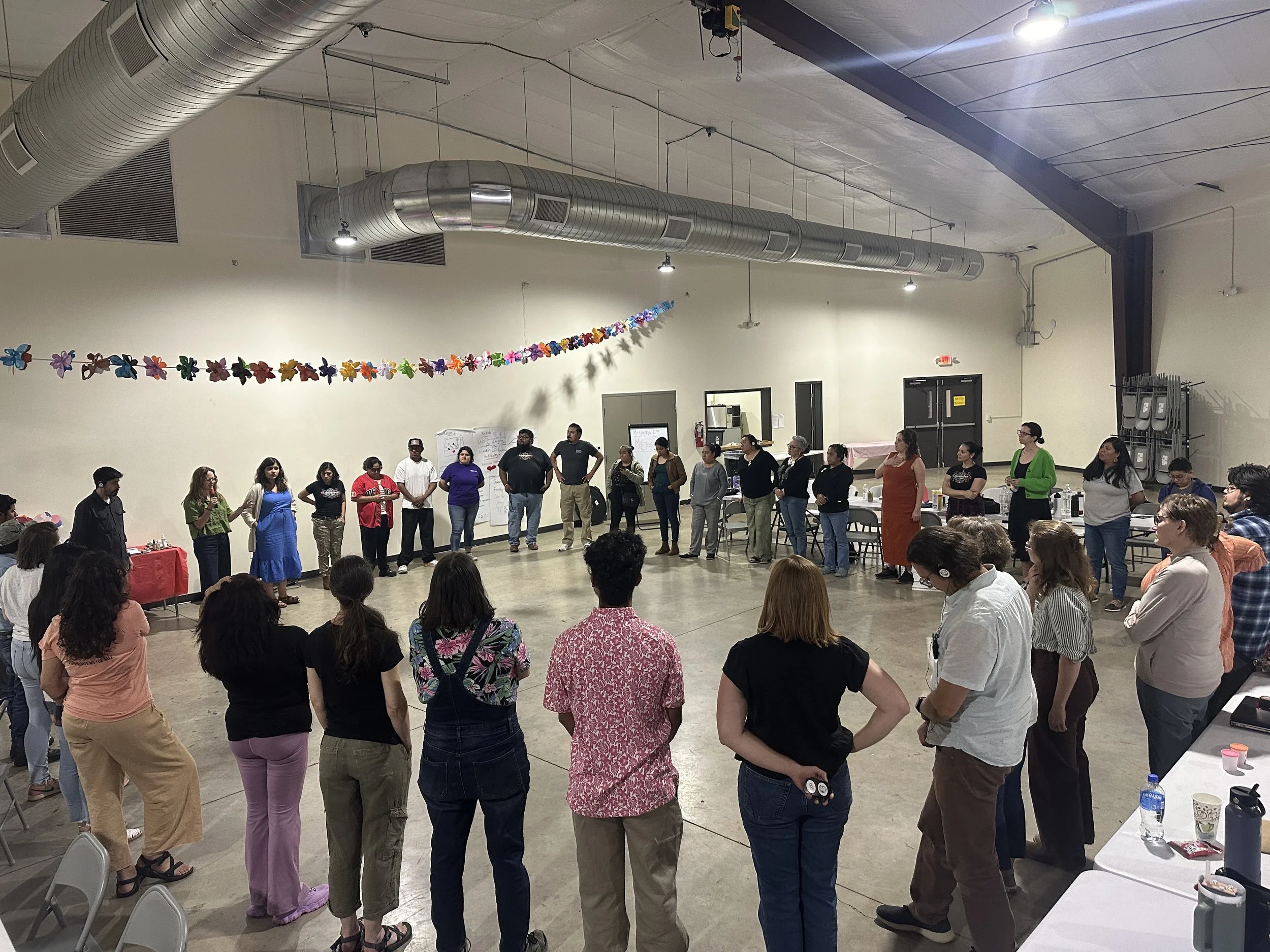Bilingual Outreach Matters
How to go beyond the checklist and start creating genuine multilingual spaces
Why Bilingual Outreach Matters
Have you ever hosted an event, lined up interpreters, and still found that no Spanish-speaking participants showed up? It happens more often than you think—and it can be discouraging. For organizers, it feels like a missed opportunity. For interpreters, it feels like showing up ready to create a bilingual space, only to speak into the void. So what’s going on? Why does this happen—and how can we do better?
Beyond the Checklist
When organizing a meeting or event, there’s a lot to juggle: choosing the date, finding the venue, lining up food, childcare, interpretation... the list goes on. But somewhere in the mix, the most important part can get overlooked: the people you want to invite—and how you reach them. Ask yourself: Who are you trying to invite? What are their language needs? How are you tracking that (registration forms, surveys)? And most importantly—how are you making sure they even know your event is for them?
Hiring interpreters is a great step. But it’s not enough on its own. We often see these pitfalls in well-intentioned spaces:
Not advertising that interpretation will be available.
If your flyer or email is only in English, Spanish speakers may not know they’re invited.
No relationships with Spanish-speaking communities.
If your organization hasn’t built trust or visibility in these communities, folks won’t just show up. Bilingual outreach starts long before the event.
Monolingual planning = monolingual participation.
If the process leading up to the event isn’t multilingual, the event likely won’t be either. Multilingual outreach is about more than language. Creating bilingual or multilingual spaces isn’t just about translating flyers or hiring interpreters—it’s about equity, inclusion, and shifting power. Monolingual spaces often reinforce power hierarchies and marginalize people who aren’t fluent in dominant languages like English.
Having multiple languages in a space invites perspectives, ideas, and participants who would otherwise be excluded. It allows people to show up fully—in their own voices, with their own accents, speaking their truths. As the team at Antena reminds us: “Language justice is not just translation—it’s about shifting power.”
How to Begin Building Multilingual Spaces
Name it: Clearly state in all materials that interpretation will be provided.
Translate intentionally: Flyers, websites, registration forms, emails, texts, and more.
Build relationships: Connect with community leaders and organizations already working in Spanish-speaking communities.
Hire professional interpreters and translators who understand cultural context, not just vocabulary.
Use visual and non-verbal communication alongside language interpretation.
Normalize multilingualism: Make language access a non-negotiable, not a last-minute add-on.
Include Spanish-speaking facilitators and leadership in your planning.
Train your team: Ensure staff, volunteers, and interns are familiar with your language justice commitments.
Cenzontle offers consulting services and organizational assessments to support you in achieving your goals. You are not alone and this is only the beginning.
Language Justice Is an Act of Resistance
When we create multilingual spaces, we’re challenging systems that have long prioritized white, English-dominant norms. We’re saying: everyone deserves to participate fully. Everyone deserves to be heard and understood. We do this not only so no one is left out—but because the conversations we’re having, and the change we’re building, are incomplete without them.

